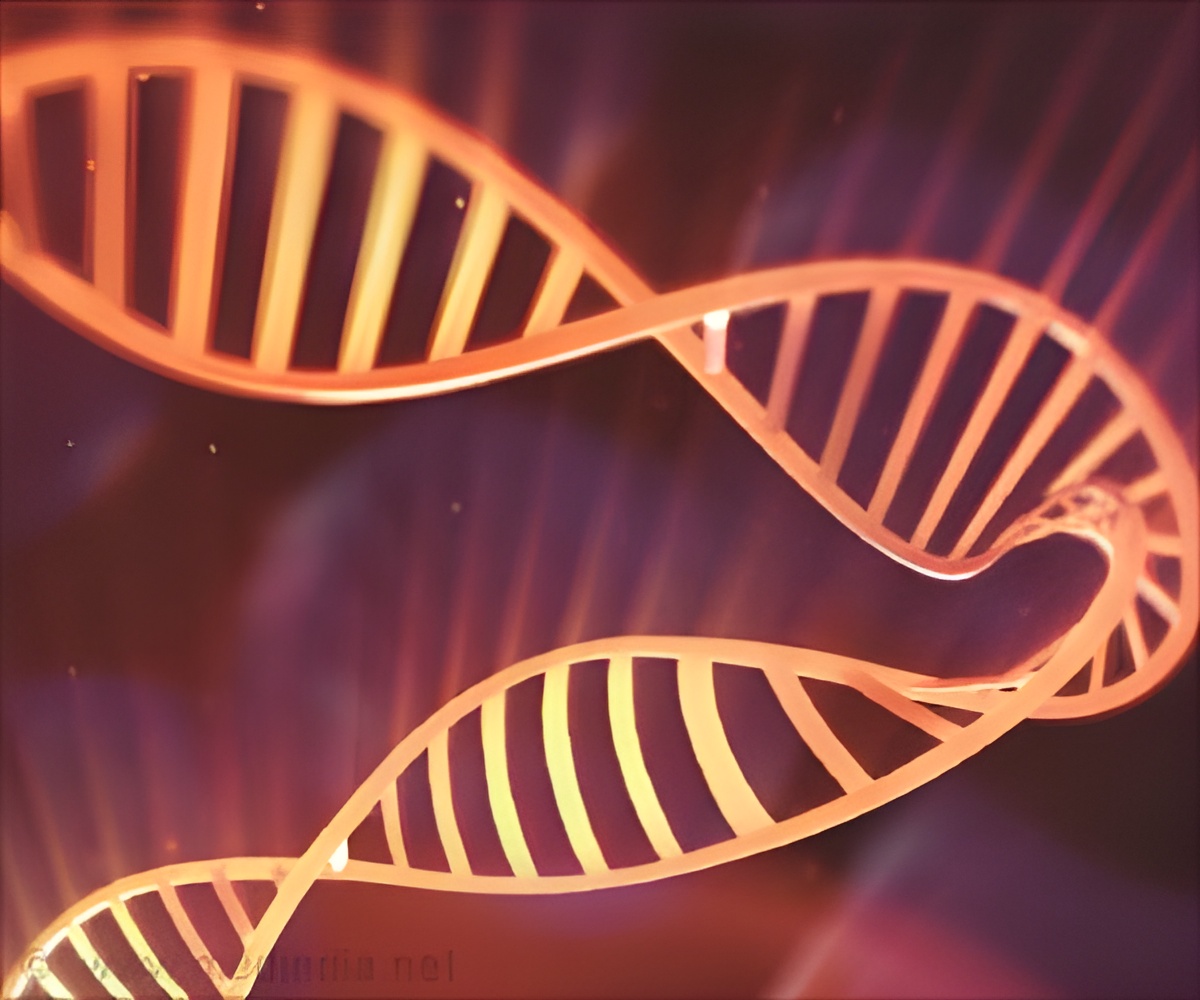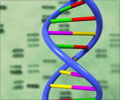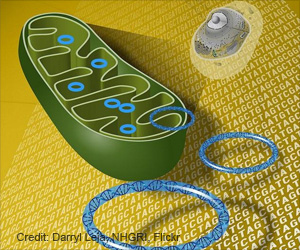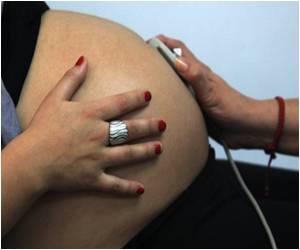Twelve specific parts of DNA influence the age at which couples have their first child and the number of children they have.

- Reproductive behavior was thought to be mainly linked to personal choices or social circumstances and environmental factors.
- New study shows that twelve specific parts of the DNA are linked to the age at which one has firstborns and the total number of children they have.
- Researchers also found that women with DNA variants for postponing parenthood also have bits of DNA code associated with later onset of menstruation and later menopause.
- Twenty-four genes that are likely to be responsible for the effects of the 12 DNA variants on reproductive behavior, has been identified.
This new research shows that genetic variants can be isolated and that there is also a biological basis for reproductive behavior. The paper has been published in the journal, Nature Genetics.
Lead author Professor Melinda Mills, from the Department of Sociology and Nuffield College at the University of Oxford, comments: “For the first time, we now know where to find the DNA areas linked to reproductive behavior. For example, we found that women with DNA variants for postponing parenthood also have bits of DNA code associated with later onset of menstruation and later menopause. One day it may be possible to use this information so doctors can answer the important question: "How late can you wait?" based on the DNA variants. It is important to put this into perspective, however, as having a child still strongly depends on many social and environmental factors that will always play a bigger role in whether or when we have babies.”
The study shows that DNA variants linked with the age at which people have their firstborn are also associated with other characteristics reflecting reproduction and sexual development, such as the age at which girls have their first period, when the voice breaks in boys, and at what stage women experience their menopause.
First author Nicola Barban, from the Department of Sociology and Nuffield College at the University of Oxford, comments: “Our genes do not determine our behavior, but for the first time, we have identified parts of the DNA code that influence it. This is another small piece to understanding this very large jigsaw puzzle.”
The paper says that while these numbers seem 'extremely small', their modeling shows that in some cases when the variants are combined, they can be used to predict the probability of women remaining childless.
Some of these genes were already known to influence infertility, while others have not yet been studied.
According to study co-authors Professor Harold Snieder from the University of Groningen and Associate Professor Marcel den Hoed from Uppsala University, 'an improved understanding of the function of these genes may provide new insights for infertility treatments'.
Source-Medindia













